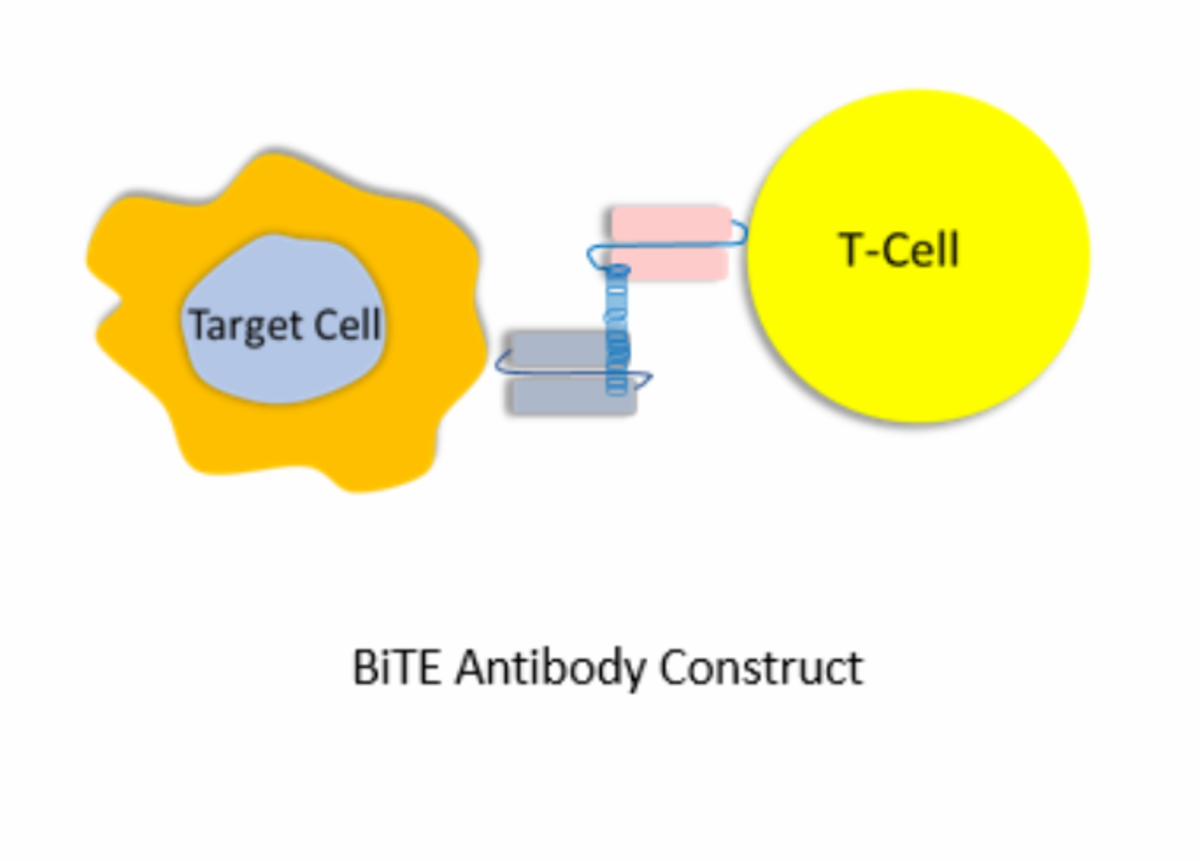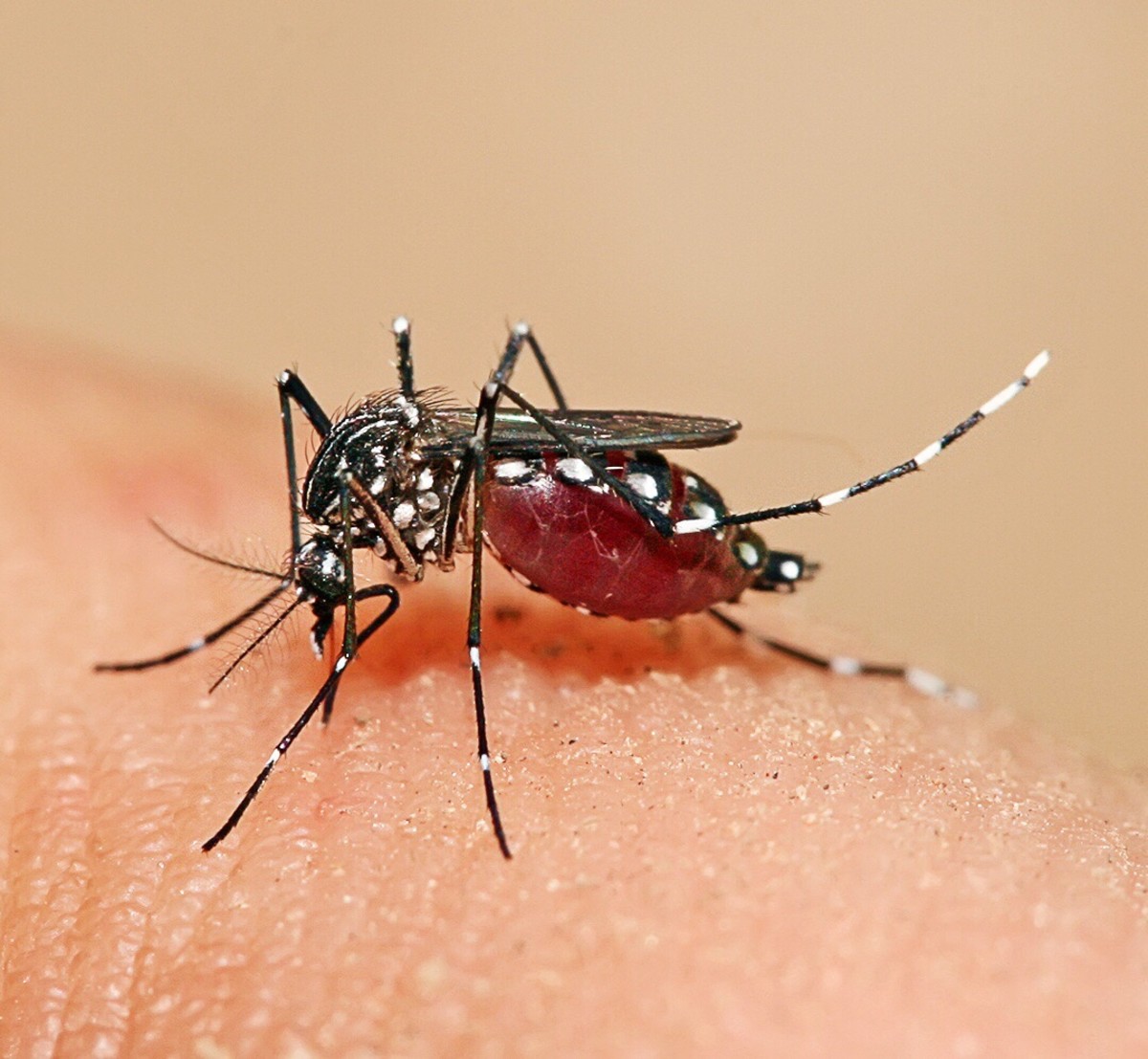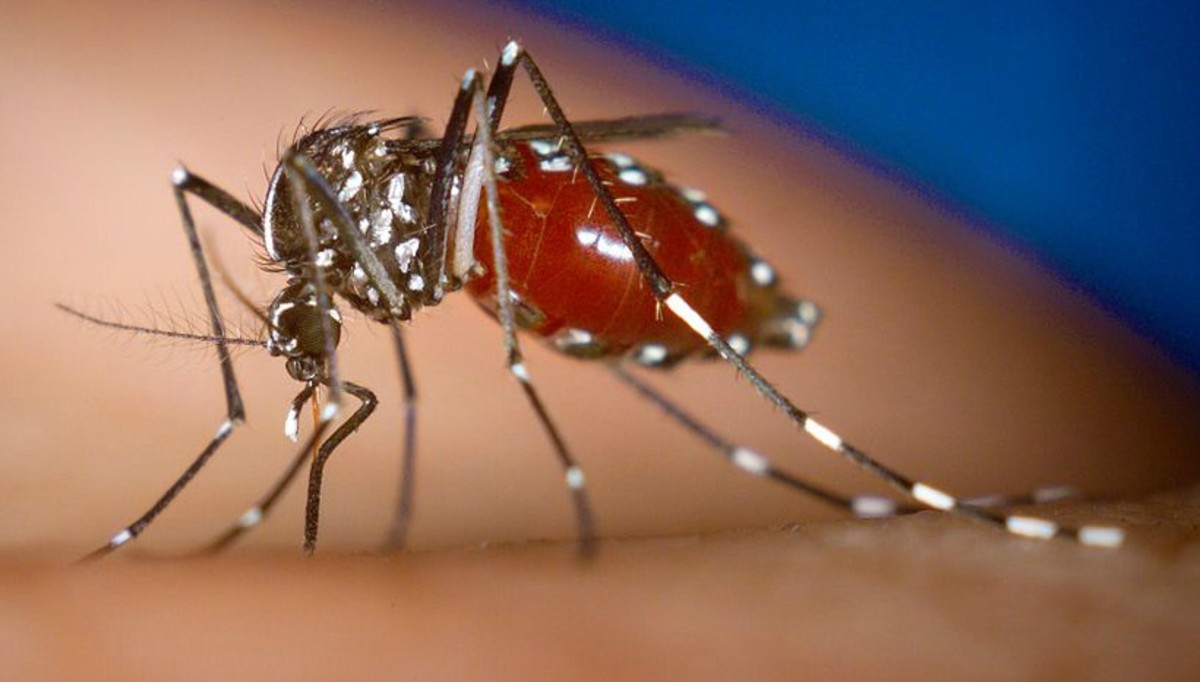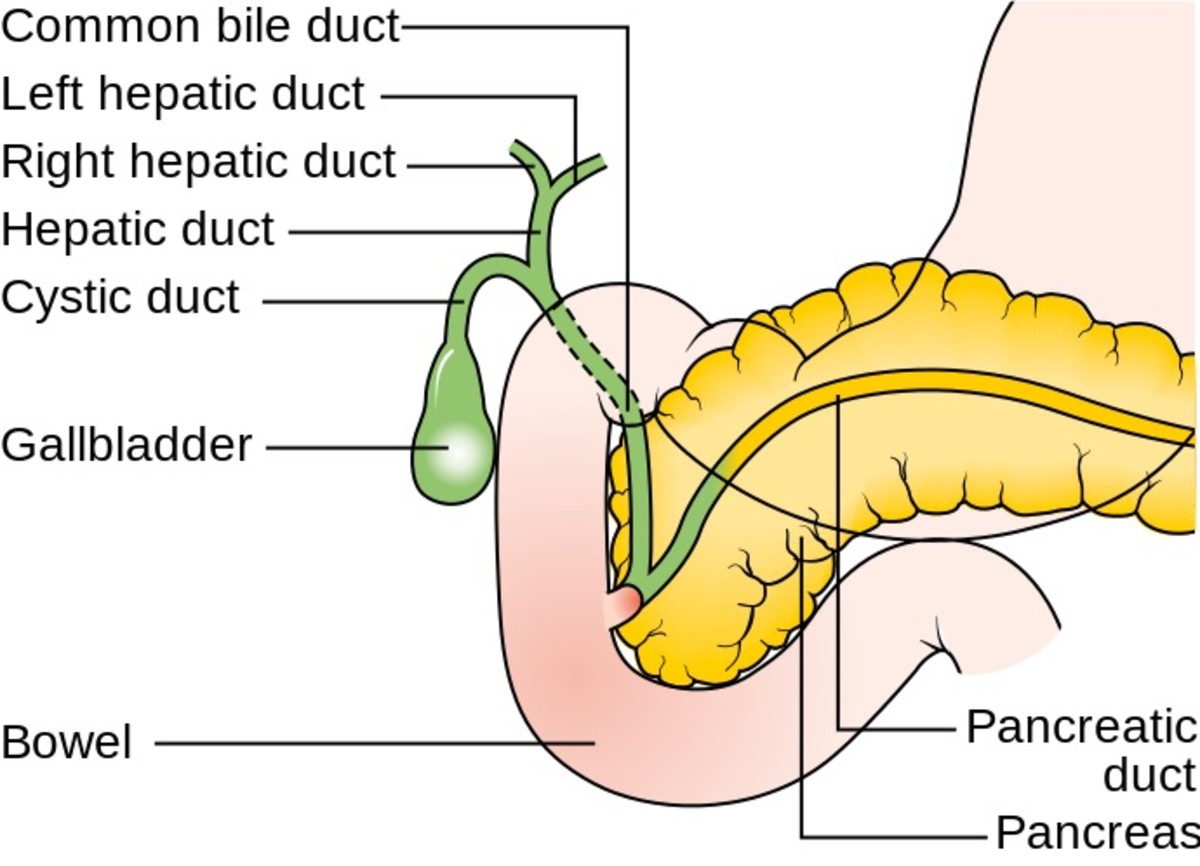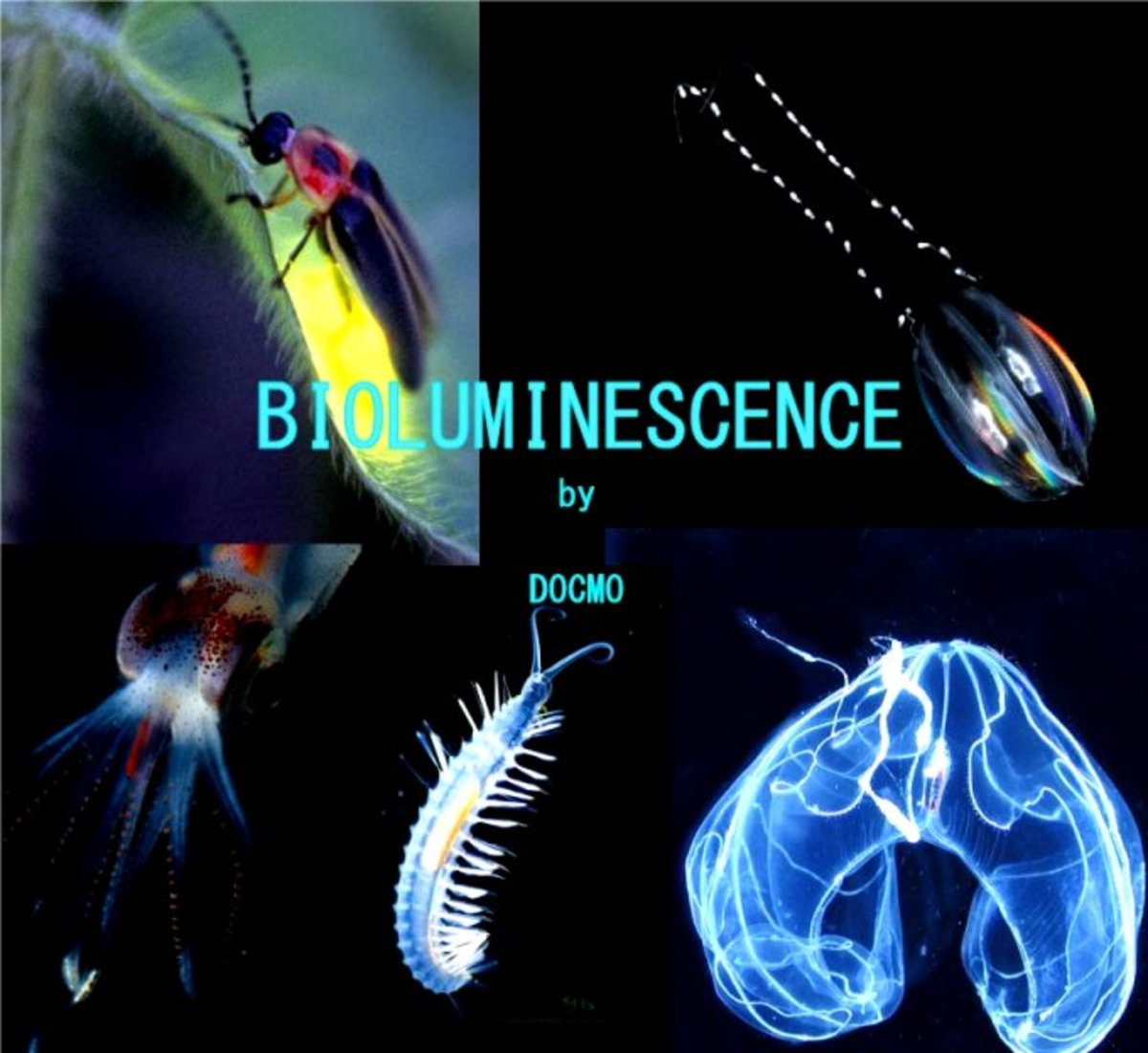The Blood-Brain Barrier
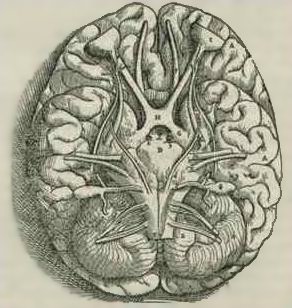
The mechanism that keeps most harmful and (in some cases) useful chemicals out of the brain is called the blood-brain barrier. This barrrier depends on an arrangement of endothelial cells which form the walls of the capillaries. In the majority of the body these cells are separated by gaps big enough for the passage of large molecules. The brain has endothelial cells that are joined together very tightly causing molecules not to be able to pass between them. Only two types of molecules can pass through the blood-brain barrier easily: oxygen and carbon dioxide, and molecules which can dissolve in the fats of the capillary walls.
When a virus enters a cell, workings within the cell expell a particle of the virus through the cell's membrane so that specific cells of the immune system can pinpoint the intruder. When the immune system cells find the virus and attack, they also destroy the cell that holds the virus. The cell that holds the virus in a way is killing itself. If this cell is a skin or blood cell then its not a problem because the body can easily make more. However, it is not so easy to replace precious neurons of the brain. There are some parts of the mature brain that can make new neurons, however, most cannot do so, and no part of the brain can afford to lose many neurons. Therefore, as a precaution, the body body has built a wall of defense along the sides of the brain's blood vessels. This amazing wall keeps most bacteria, viruses, and chemicals out.
If a virus does get through, the brain does have defenses to slow the viruses from reproducing. However, it cannot kill them. If a virus enters the nervous system, it more than likely, will remain there for life. A good example of this is the Herpes virus. This virus enters the spinal cord cells and no matter how much the immune system attacks it, it comes back again and again. Years later the herpes virus can and usually does reinfect the rest of the body.
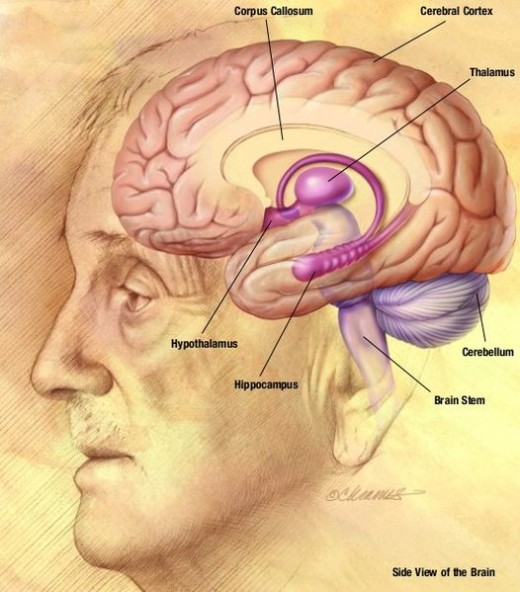
The Negative impact of the Blood-Brain Barrier:
Doctors sometimes discover that some medications will not enter the brain because of the blood-brain barrier. Certain types of chemotherapy drugs that fight against cancer everywhere else in the body cannot penetrate into the brain to fight the cancer. Dopamines would be benefitial in helping with Parkinson's disease but it cannot enter the brain. The blood-brain barrier is great for keeping viruses out of the brain, but at times it can be the enemy.
Why isn't this Barrier also around other Organs?
Some might ask if the blood-brain barrier is good at defending against viruses then why isn't it around other vital organs in the body. The answer is simple, since this barrier keeps out viruses and chemicals, it will also keep out much needed nutrition that organs need to regenerate and function effectively. To get nutrients into the brain it needs active transport, a protein-medicated process that uses energy to push chemicals from the blood into the brain. An example of this would be glucose. Glucose is the brain's primary fuel source. Other examples include thiamine, vitamins, certain hormones, and amino acids.

What types of Drugs Can Cross the Blood-Brain Barrier?
Most psychiatric drugs can reach the brain due to the fact that they are fat soluble. Many "street" drugs can cross this barrier as well. Examples of "street" drugs are cannibinol (marijuana) and heroin. Nicotine can also cross through this barrier. Heroin has a stronger effect on the brain that morphine because it is more soluble in fat.
Credits:
Bundgaard, 1986, Rapoport & Robinson, 1986
Levine et al., 1991
Brightman, 1997
Credits:
- Pascual, JM; Wang D, Lecumberri B, Yang H, Mao X, Yang R, De Vivo DC (May 2004). GLUT1 deficiency and other glucose transporter diseases". European journal of endocrinology 150 (5): 627–33
- Beam, TR Jr.; Allen, JC (December 1977). Antimicrobial agents and chemotherapy 12 (6): 710–6
- Ivens S, Kaufer D, Flores LP, Bechmann I, Zumsteg D, Tomkins O et al. (2007). "TGF-beta receptor-mediated albumin uptake into astrocytes is involved in neocortical epileptogenesis". Brain 130 (Pt 2): 535–47
- Tortora, Gerard J.; Berdell R. Funke, Christine L. Case (2010). Microbiology: An Introduction. San Francisco: Benjamin Cummings. p. 439,611


